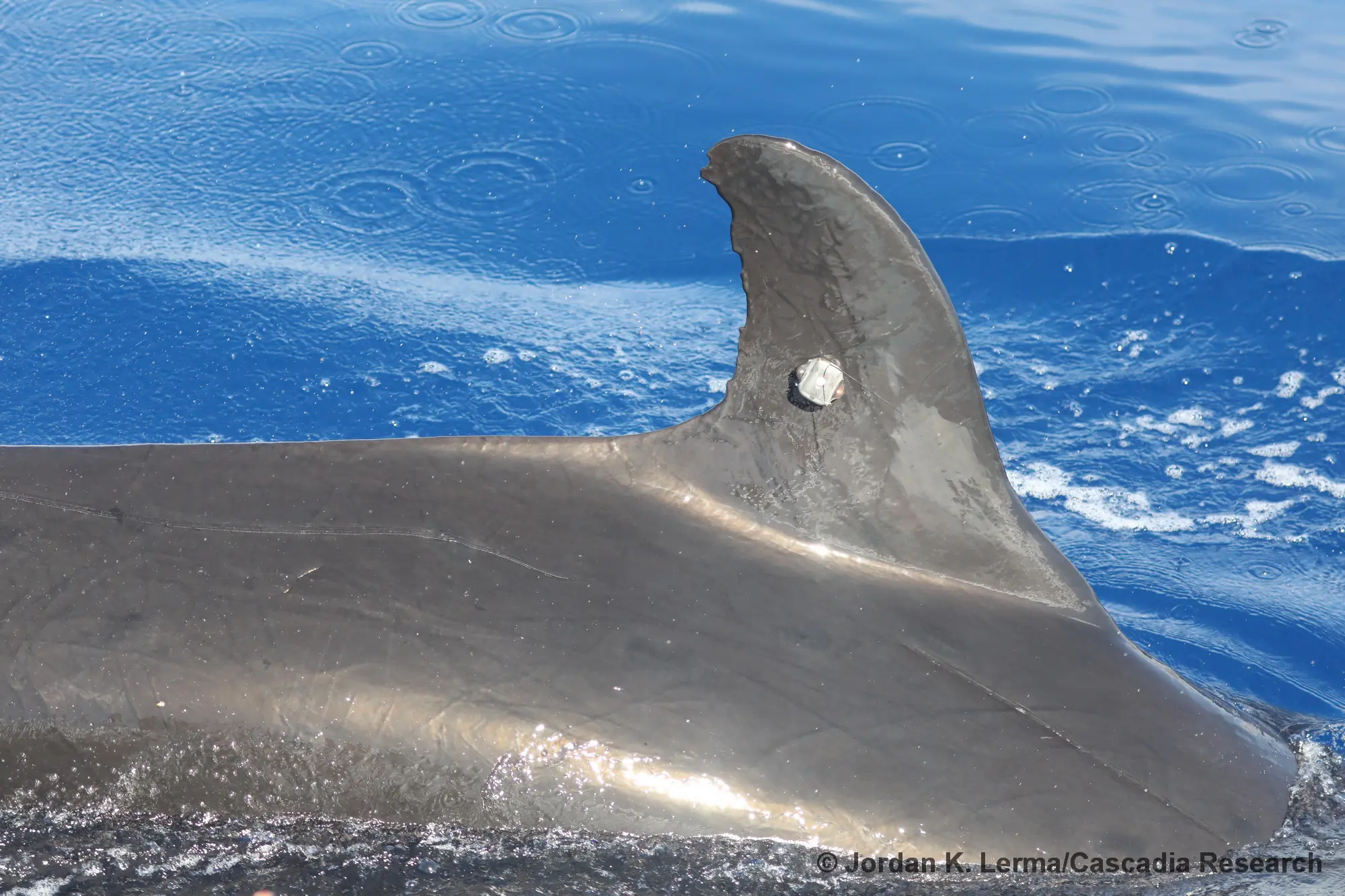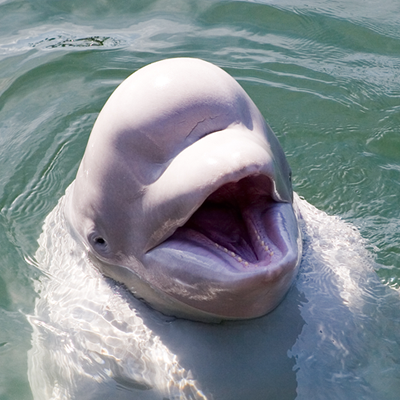
What Our Cetacean Tags Can Do
As you know, cetacean tagging with telemetry tags is a complex process that requires specialized training and equipment. The type of tag used must be carefully selected based on the target species’ size, behavior, and physiology. The tagging process itself can be invasive and stressful for the animals, which requires careful consideration and ethical handling practices. The data collected from the tags must be carefully analyzed and interpreted to ensure meaningful results. Despite the challenges involved, cetacean tagging with telemetry tags is a valuable tool for studying these animals’ behavior, movements, and ecology.
At Wildlife Computers, we specialize in providing researchers and scientists with cutting-edge technology for studying marine wildlife. We offer three different types of telemetry tags for cetaceans—LIMPET, Transdermal, and Finmount—each designed to meet the unique needs of researchers studying different species of whales, dolphins, and porpoises.
Our LIMPET tags measure just 57 x 50 x 27 mm and weigh up to 69 g, making them small enough to be attached to an orca or larger cetacean’s dorsal fin. These tags are less invasive, but retention time can be much shorter. They can provide researchers with valuable data on the animal’s movements, diving behavior, and habitat use.
Our Transdermal tags are designed for larger cetaceans such as humpback whales and blue whales. These tags are attached using a pneumatic air gun or long fiberglass pole and can remain in place for up to several months. They are capable of recording a range of environmental data, including water temperature, salinity, and depth, as well as the animal’s movements.
Finally, our Finmount tags are designed specifically for studying the movement and behavior of smaller cetaceans. These tags attach to the animal’s dorsal fin using only one bolt and one hole. and are capable of recording a range of data, including the animal’s movements, diving behavior, and ecology.
Antifouling Protocol
Everything you need to know to limit biofouling (optional for cetaceans)
Read MoreAdditional Information
Key Features
Highly Customizable Data Collection and Transmitting Schedule—researchers can customize and prioritize data transmissions to capture the information that is most important for the project. Deployments can be tailored to address unique experimental objectives. Flexible transmission schedules provide the ability to extend the life of the tag by focusing on specific seasons or times of the year and optimizing transmissions for when satellites are in view.
The Portal Advantage—most of our tags are supported by the Wildlife Computers Data Portal, a collection of data management tools and services. Developed specifically for the display and investigation of data from Wildlife Computers tags, the data portal streamlines the processes of acquiring, preserving, and sharing data. The portal has tools to program the tags and collect, prepare, analyze, and present the data returned via Argos. Data are easily sorted, filtered, searched, mapped, and shared. You can see a live map of your tracks, with positions color-coded by the time since deployment. You can also set up a live KMZ to view your data in your own visualization browser.
LIMPET ACCESSORIES
Titanium Tag Darts
Wildlife Computers offers two dart sizes—standard and short. The standard dart contains two rows of three petals (six petals total) and is 68 mm long. The short dart contains a single row of three petals (three petals total) and is 45 mm long. Dart design is critical for tag reliability as the design dictates the implantation shock forces. For this reason, Wildlife Computers only warrants dart tags prior to implantation unless deployed with Wildlife Computer darts. Both sizes are USD $150 each and we require two darts per tag.
Dart Sterilization Packages
If you plan to use a gas sterilization system, these housings can be very helpful. The packaging consists of a tube and 2 urethane end-caps. When holding the “dart-tip” end-cap, the back end-cap and tubing can be removed. This allows you to easily screw the dart directly onto the tag without handling.
Dan-Inject Air Gun
Wildlife Computers supports the Dan-Inject CO2 rifle for use with our LIMPET dart tags. Our clients have successfully used model JM Special 25 with a 13 mm barrel. Further information on this rifle can be found at daninjectdartguns.com/product/jm-special-25/
Deployment Arrows
Both air gun and crossbow arrows are available. Arrows are USD $75 and include a float and a deployment cup bonded in position.
Deployment Cups
Should you choose not to purchase the Wildlife Computers deployment arrows, deployment cups are available à la carte. Deployment cups are urethane cups designed to support the tag during firing. We have cups suitable for both crossbow shafts and air gun shafts. The cost is USD $25 and we recommend at least one cup per 3 tags be purchased.

Tagging River Dolphins in Colombia
For the first time ever, WWF and research partners are now tracking river dolphins in the Amazon using satellite technology, after scientists successfully tagged dolphins in Brazil, Colombia, and Bolivia, attaching small transmitters that will provide new insights into the animals’ movements and behavior and the growing threats they face.
© WWF-UK
